foreign and local industry have huge stakes
IDD Indepth
Some 490 fighter jets are needed by the Indian Air Force (IAF) over the next 20 years, or roughly by end of 2040. Inductions will be in batches from November 2020 which literally lays down the future of military aviation in India.
Graded improvements in technology, stealth, weapons, engines and enhanced localization of manufacturing processes like metallurgy are incorporated in the plan.
Existing shortages to the fighter jet fleet coupled with continuous phasing out of obsolete planes in its inventory has led to serious gaps. The chasm between ‘required number of planes’ against ‘those available’ has widened.
India and China, two nuclear armed neighbors, are locked in an military stand-off in Ladakh since May 2020 and air-power can play a major role. The two have an unsettled boundary between and are constantly tense over transgressions across the Line of Actual Control (LAC), a kind of un-demarcated boundary.
The first lot of five Rafale fighter jets made by Dassault aviation arrived in India last-week of July and have been inducted. These are the first tranche of the 36 which India ordered.

Existing shortage
The IAF, as off now, is down to just to 30 squadrons –each has 18 planes—while the mandated need is for 42 squadrons for a two-front war – a scenario where Pakistan and China collude to go to war with India. This in itself is a shortfall of some 210 jets. IAF Chief Air Chief Marshall RKS Bhadauria, at a press conference in New Delhi on October 5, laid out an immediate induction plan and also future targets.
“We expect to reach 37 to 38 squadrons by 2030”.
Indian Air Force Chief
Slow decision making led to shortage
In 1999, the IAF, fresh from the success of the Kargil war ( May –July 1999) demanded 126 more Mirage 2000 jets. This was a single bidder procurement and not permitted under the rules of the Ministry of Defence in India. It got converted into an open tender in 2007 and was known as the Medium Multi-Role Combat Aircraft (MMRCA) project. International manufacturers were called in for field trials and evaluations in 2011, the Rafale was down-selected, however, in 2015, India opted to get 36 of the Rafale. The MMRCA tender for 126 jets got cancelled. In 2018, a fresh tender was floated for getting 114 jets.
167 jets to be inducted till 2025
New Delhi looks to add 167 jets by the year 2025. This includes the remaining 31 Rafales to be delivered progressively from November 2020 till-end 2022. The next lot of 20 of the Light Combat Aircraft (LCA) Tejas will be inducted over the next two years. These will be the final operational clearance (FOC) version.
Here is the list on 167 inductions
- 20 LCA FoC version – being manufactured
- 31 Rafale – being manufactured
- 83 Tejas Mark 1A version — order expected by end 2020
- 21 MiG 29 — to be ordered from Russia before March 2021
- 12 Sukhoi 30 MKI — to be licence produced
As an immediate measure, India has gone back to its long-standing military ally Russia to order an additional 33 fighter jets. These will include 21 MiG 29, adding to the existing fleet of 59 MiG 29 jets. The order is expected to be placed before March 2021. The Russians don’t make the MiG 29’s anymore but 21 airframes are available and India is looking at getting those with latest sensors weapons and EW suite.
The new purchase and the upgrade of the existing fleet of 59 jets will cost Rs 7,418 crore ($1billion approx).

In addition, New Delhi is buying 12 Sukhoi 30 MKI. India has a sanction from Russia for licensed production of 272 such jets. The additional 12 fighters will meet the immediate shortages and make up for those that have crashed over the past decade.
Another 83 Tejas Mark1A fighters, which will come with 43 improvements over the existing Tejas will be added. These will use the General Electric 414 engine.
“The order for 83 LCA Mark 1A is expected to be placed by the end of the year, 2020”
IAf Chief
Phasing out means India will be racing against time.
Despite adding 167 jets by 2025, the Indian Air Force will still be short on numbers. The entire fleet of 90-odd jets of the MiG 21, a Soviet Union era machine, is to be phased out by 2024. This means, the existing shortage of 210 will be addressed by the addition of 167 jets. However, the ongoing phasing out of 90 MiG 21’s would still leave a shortfall of 128 jets by 2025
From 2025 onwards the phasing out of the 104 jets of the British origin Jaguar, shall commence. The fleet of 49 Mirage 2000 and the 59 MiG 29 jets inducted in 1985, despite the upgrades, would be on its last legs and will start a phase out anytime in the later part of the 2020’s decade.
Planning crucial for the next 320 jets
With the induction of 167 jets planned by 2025, for India is focused on the next phase that has acquisition plan for another 320 jets. Planned to be done in phases between 2025 and 2040 it looks to constantly add the very latest technology incorporating fifth generation and even sixth generation features.
In all, this adds up to the requirement of inducting almost 490 jets in 20 years, or almost 24 jets a year. All of these are mandated to be made in India with part foreign collaborations in technology, weapons, engines, sensors and metallurgy. Many technologcial changes have occurred since 2011 when the MMRCA trials were done, notably the AESA radar, EW suites, weapons and packages.
The MRFA project for 114 jets
IAF has expressed an interest to procure another 114 fighter jets under the ‘strategic partnership’ model and the project is named ‘multi role fighter aircraft’ (MRFA). In the race for this tender are the Lockheed Martin’s F-21, Boeing’s F/A-18IN, Eurofighter Typhoon, French Dassault’s Rafale, Swedish Saab’s Gripen and Russian MiG-35 and Sukhoi 35.

Other than the Sukhoi-35 all others were part of the now scrapped MMRCA project. The manufacturer that India finally decides to collaborate with will have to commit on transfer of technology for the fighters to be built in India and also help in the advanced medium combat aircraft (AMCA) that the Defence Research and Development Organisation (DRDO) is planning.
There will be clear clause on the transfer of those technologies in the contract. These two – the fighter jets and the AMCA — will be separate projects , but will keep the winning company interested in India for the next four decades or till the AMCA keeps flying.
“India will not restrict the qualitative requirements, but will keep it open to allow procurement of single engine or twin engine jets”.
IDD expert comment
The AMCA and MWF
New Delhi is now clear that the AMCA will be its future and define the technological prowess in stealth, engines and sensors. IAF Chief announced that they are looking for 7 squadrons (125 jets) with two separate engine fittings.
As per existing provisions the AMCA first flight is in 2027 and full production by 2029. Air Chief Marshal RKS Bhadauria said the first two squadrons of the fighters will be powered by an imported engine, the GE 414 of 90 KN thrust, while the remaining five squadrons are likely to get an indigenous power plant with a thrust of 125 KN.

The IAF, Hindustan Aeronautics Limited (HAL) and the Aeronautical Development Agency (ADA) are working on the AMCA.
AMCA will be a single-seat, twin-engine, stealth all-weather multirole fighter aircraft. The 25-ton jet will be capable of super-cruise speeds. AMCA will have complex S-shaped serpentine intakes. These hide the spinning turbine blades in the engine and are a key stealth feature.
Here is the list of 320 Jets
- 80 LCA mark 2 MWF on drawing board
- 35 AMCA first version
- 90 AMCA second version with more powerful engine
- 114 MRFA
The DRDO has tasked various labs for doing R&D on materials, paints and structures. Separate studies are under way on flight control, avionics, aerodynamics, composite structure and general systems like brakes, hydraulics and fuels systems. A super-cruise ability which give an aircraft capability to fly at supersonic speeds without the afterburner, is being developed. The AMCA team is using geometric stealth by shaping the aircraft and designing it at such angles so as to deflect away maximum radar waves. It will use radar-absorbing materials.
The Medium weight fighter (MWF) or the Tejas Mark II will be powered by the GE 414 engine and the numbers will be in line to replace the fleets of Mirage and MiG 29. The test flight of prototype is scheduled in 2022.
The Lockheed Martin F-35 could be the dark horse:
In strategic circles there is talks about proposed building a hybrid F-22 Raptor/F-35 Joint Strike Fighter for Japan which it will be open to export to other countries. Countries like Japan, Israel, and Australia, Saudi Arabia were actually interested in F-22 but due to export control restrictions set by US Congress, had to be given only F-35s.

Lockheed’s hybrid offer jet would involve taking the F-22 air frame and outfitting it with some of the F-35’s more advanced mission systems, though some structural changes could also be involved.
But there is a flipside to this. Integrating F-35 and Japanese technology in F-22 air frame will not only be costly but can take up to 10 years for both to get it right before production begins.
For India it will be easier to get the F-35 as the US has already designated India has a major defence partner.





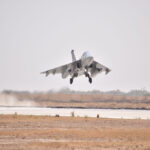
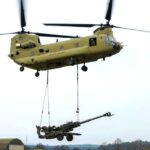
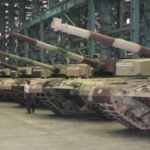
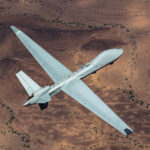
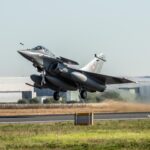


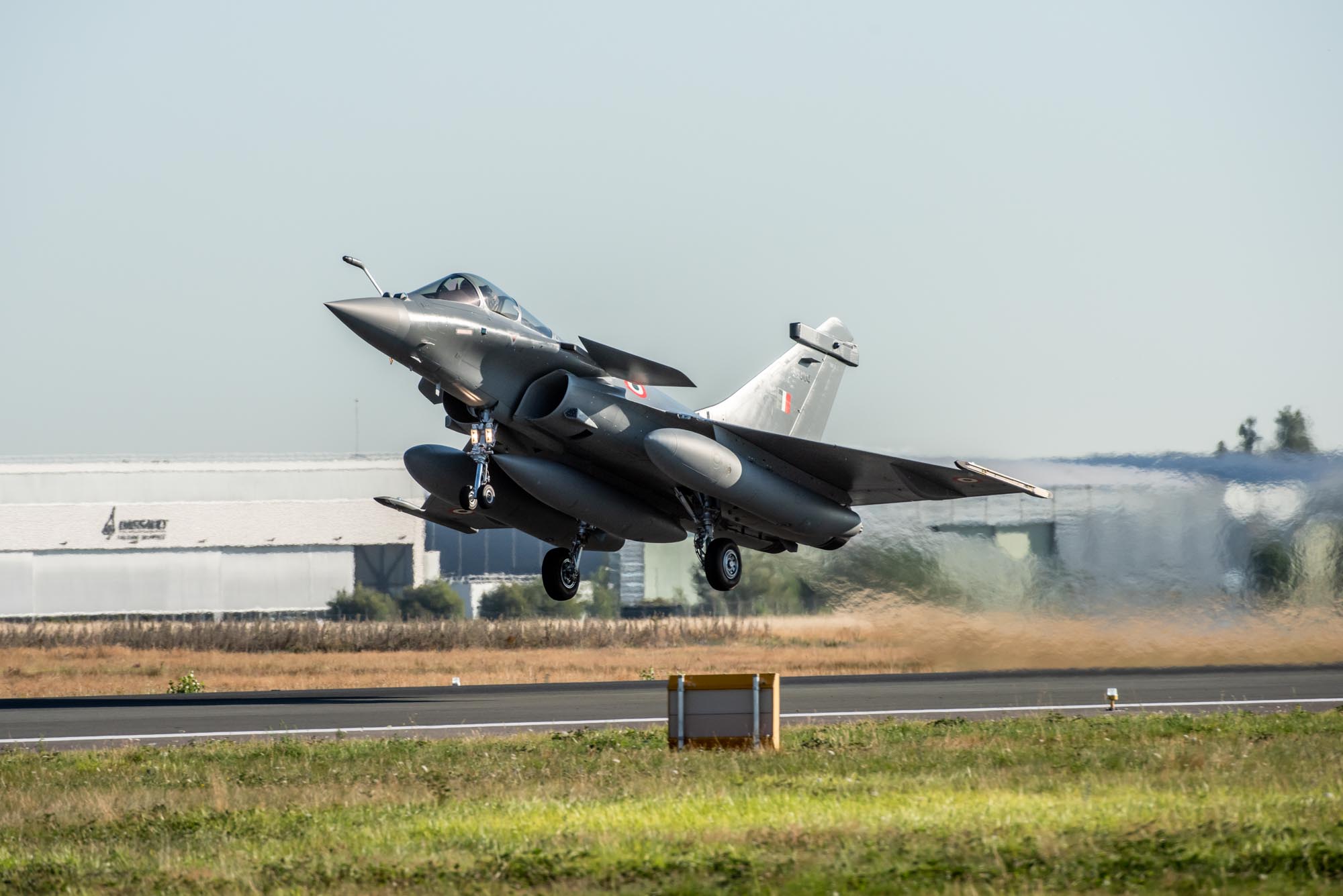


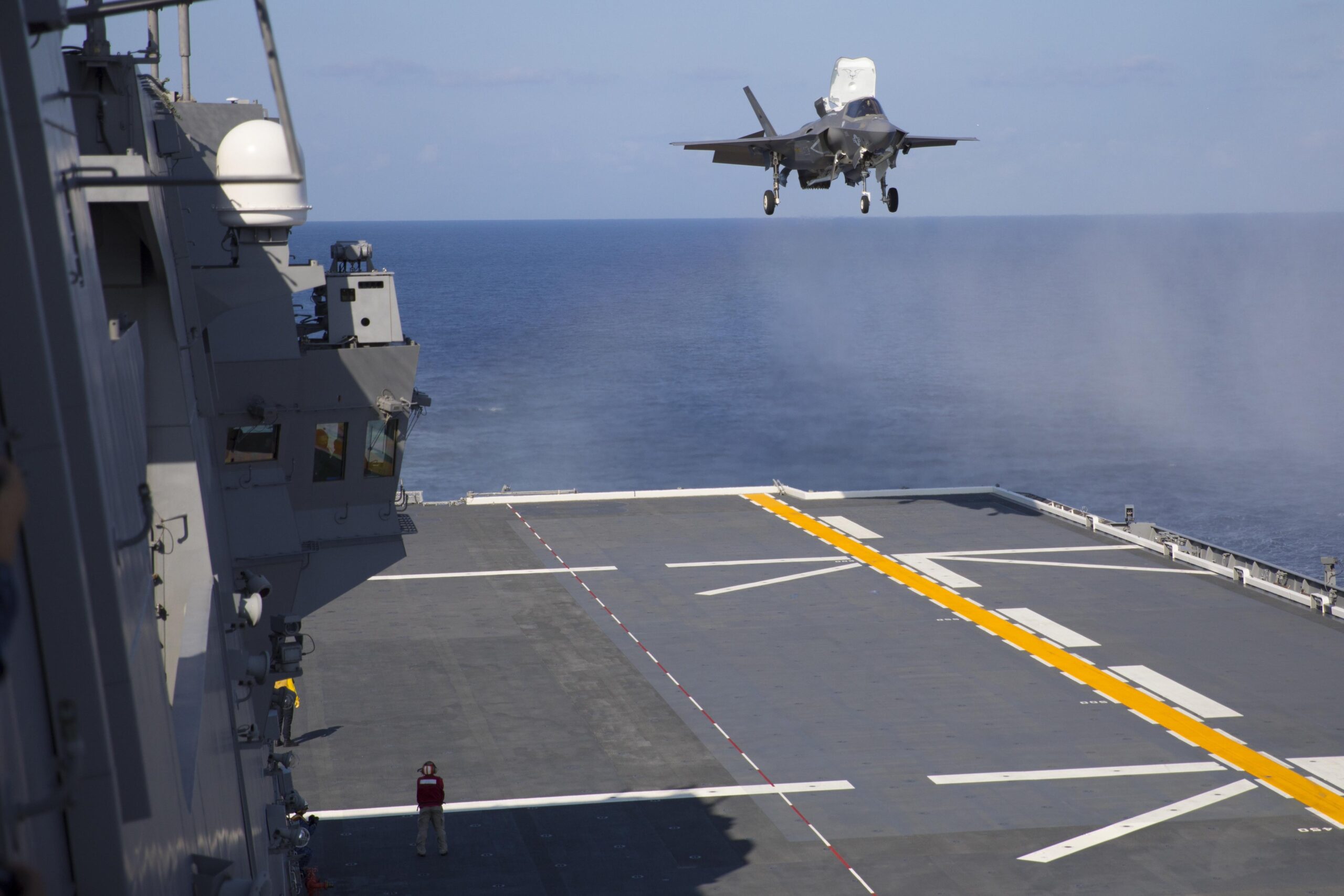
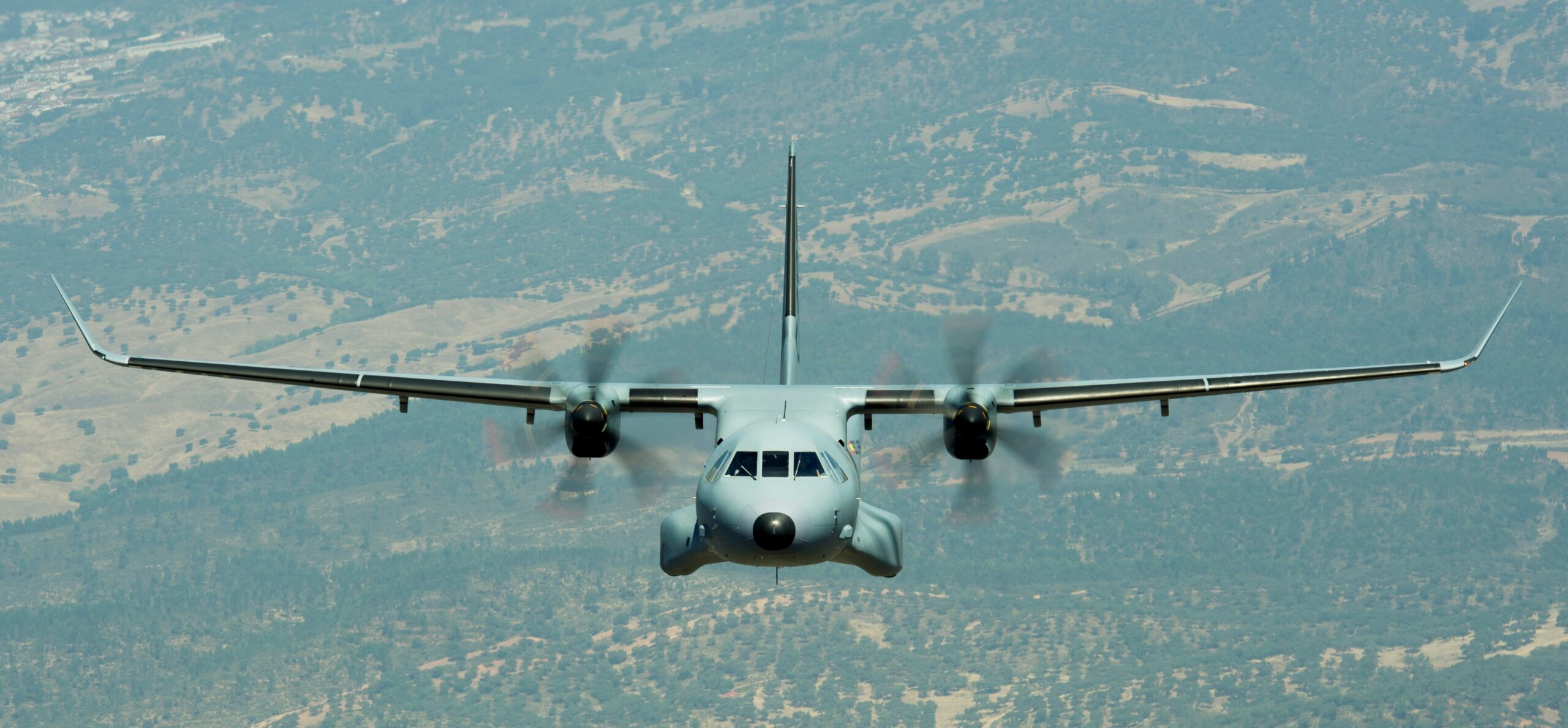
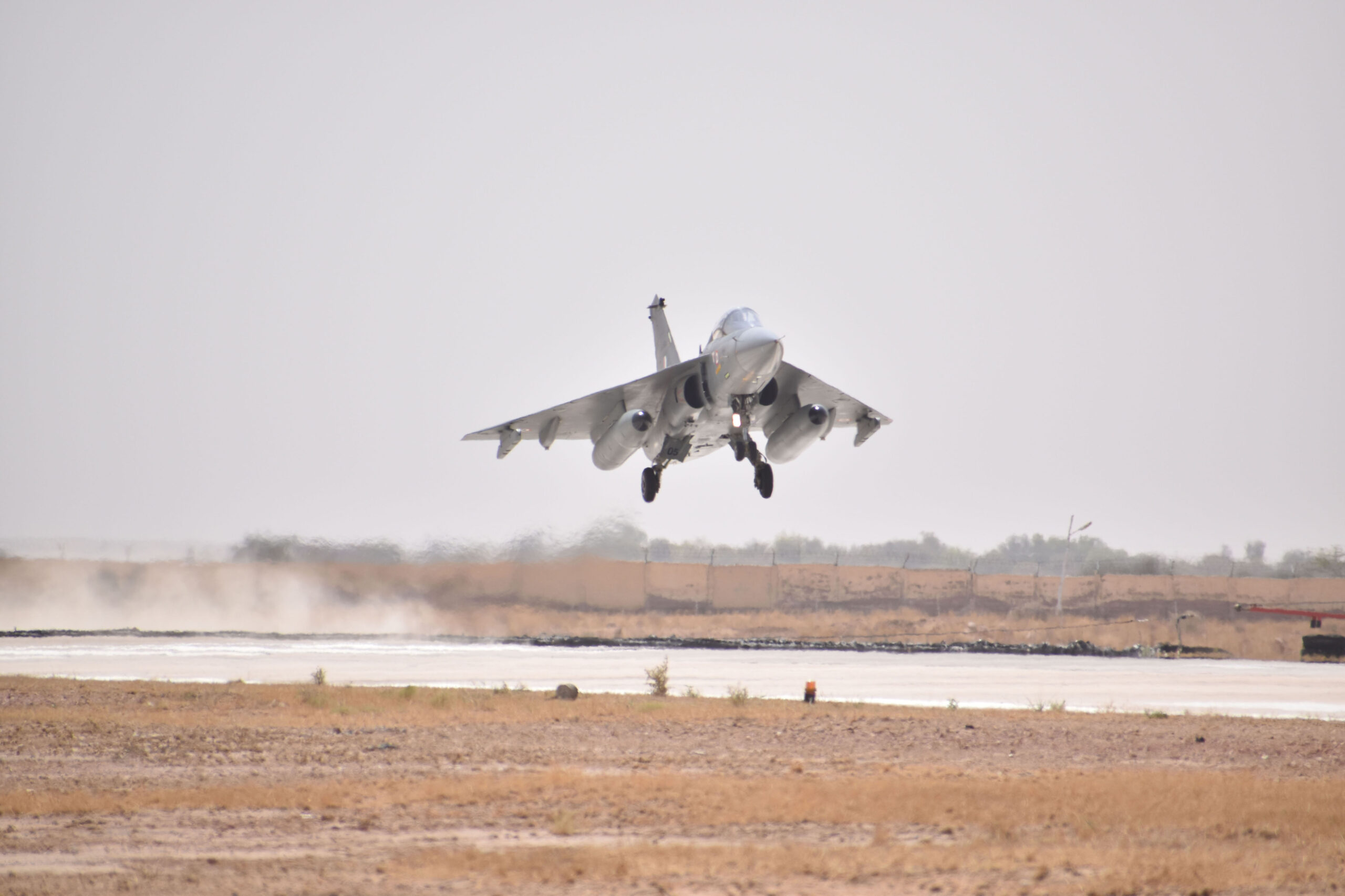
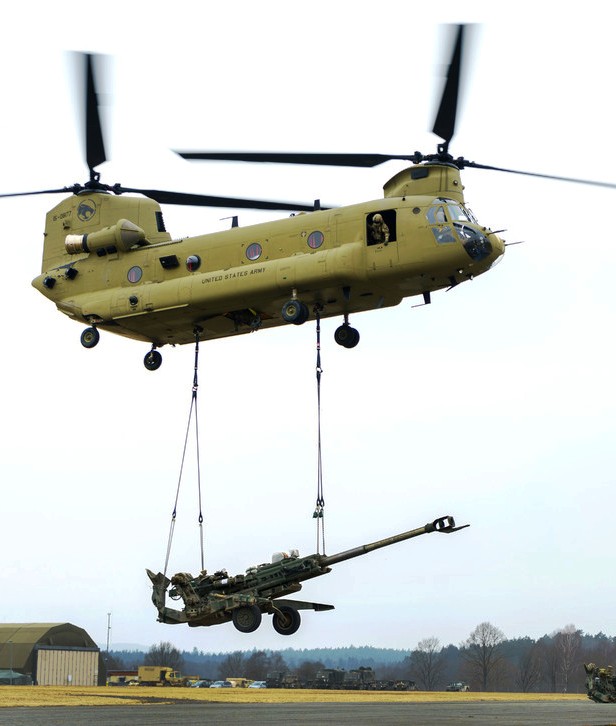
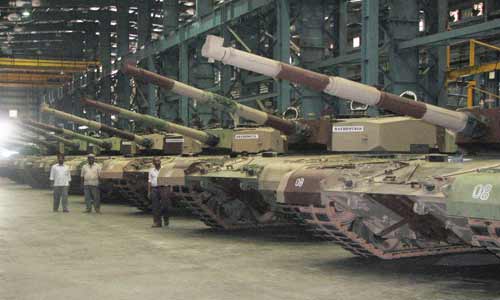
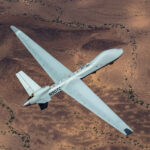

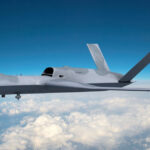
Recent Comments